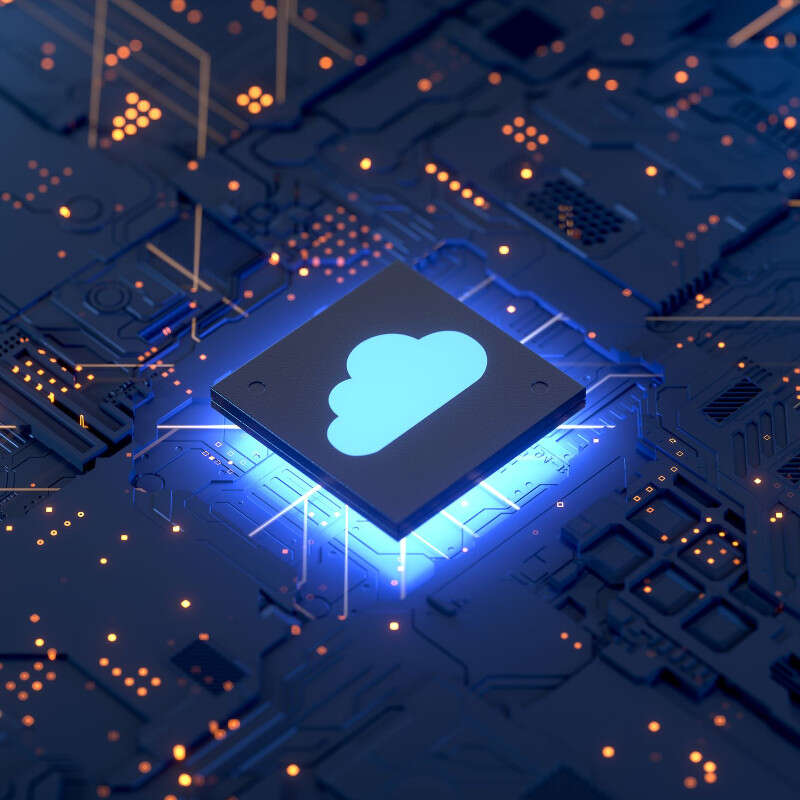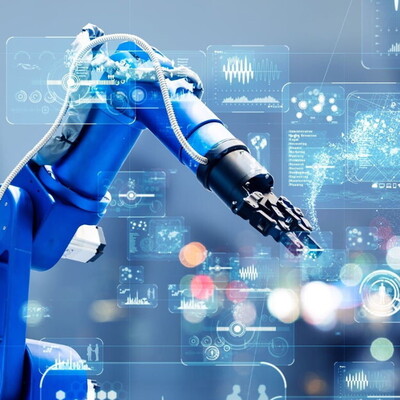Boyden's Patrick Naef examines the trend toward virtualisation and dematerialisation of physical objects in part 4 of The Future Role of the CIO series.

Virtualisation of “things”
Looking at all the physical objects that we were still using just a decade ago, it is apparent that many of them have literally disappeared in their physical form and now “live” as data or services in the cloud or as an app on our smartphone or tablet. This trend toward virtualisation and dematerialisation of physical objects will have a fundamental impact on most businesses. While some industries have already experienced this impact, such as the music and photo industry, many other businesses have yet to be confronted by it. Only a decade ago, most music was still sold on physical sound storage media, such as CDs, tapes, vinyl records etc. Today the vast majority of music is sold online, streamed or downloaded. Physical sound storage media have nearly disappeared. Twenty years ago, photos were mostly delivered to customers in physical form, i.e. printed on paper. Today photo printing and distribution has literally disappeared, with photos being delivered electronically in most cases.
With the virtualisation of objects, the marginal cost of these objects has dropped to zero, and their replication, cloning and distribution without any time-lag has become the reality. This is truly a major shift from physical to virtual. An alarm clock is included on a smartphone at no cost, a VCR as a physical device has been virtualised and is now available as a free service in the cloud as part of your streaming subscription, music in mp3 format can technically be copied and distributed without limits (if we ignore the copyright issues for a moment), storage space for digital photos is available in vast volumes on our devices and is essentially free, free maps on our smartphone or tablet have long replaced physical maps on paper, etc.
Digitalisation leads to the situation where every object that acquires/collects information (i.e. camera, microphone, etc.), stores information (books, film roles, music tapes, CDs, etc.), manipulates information (calculator, language translator, etc.) or displays information (watch, ticket, any type of identification device such as keys, passport, IDs, credit cards, etc.) has the potential to be dematerialised or virtualised into an app or a service in the cloud or on our smartphone. When attempting to digitalise their businesses or business processes, it is very short-sighted of companies to just automate a current process that is still aligned to the physical objects. If companies want to truly redesign or re-invent their processes, they need to think beyond the physical objects and imagine a situation in which all these objects will be virtualised. For example, where airlines replace check-in counters with self-service kiosks, this is not sufficiently thought through, because in a digitised world, a boarding pass and with it the check-in process itself are no longer required. While banks may be replacing tellers with ATMs, this is only a first interim step to reduce cost, and the real breakthrough for bank customers will occur when all money is virtualised, and paper money is not required at all.
CIOs who want to add sustainable and significant value to their companies should do more than simply go after the low-hanging fruit and drive simple automation of established processes in order to achieve short-term cost savings. Rather, they should go for the long shot and focus on technology-driven innovation. CIOs should work closely with their business peers to exploit the potential of dematerialising physical objects that make their processes slow, cumbersome and expensive.




